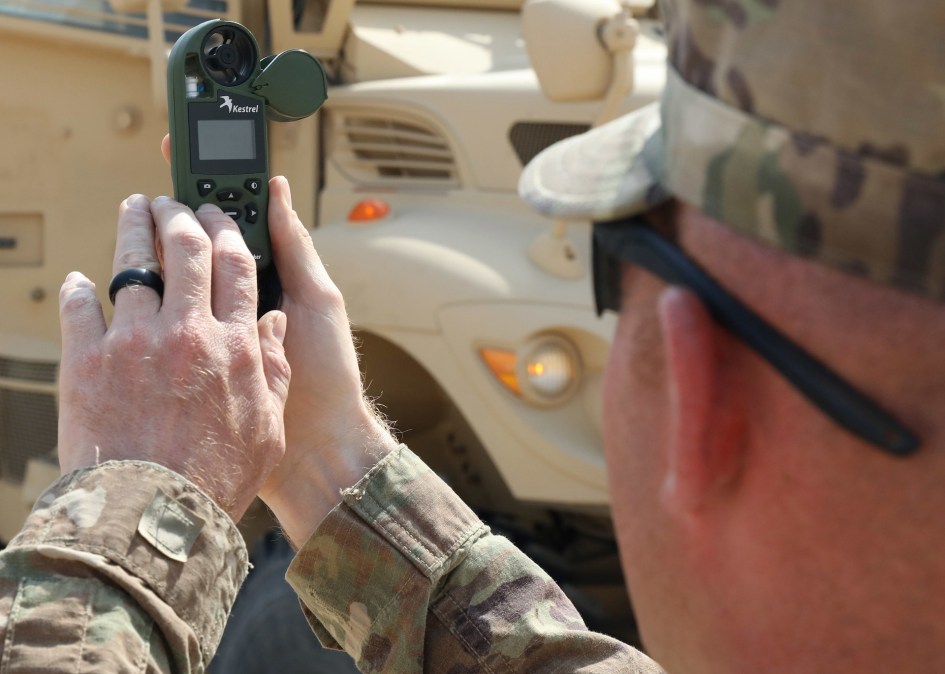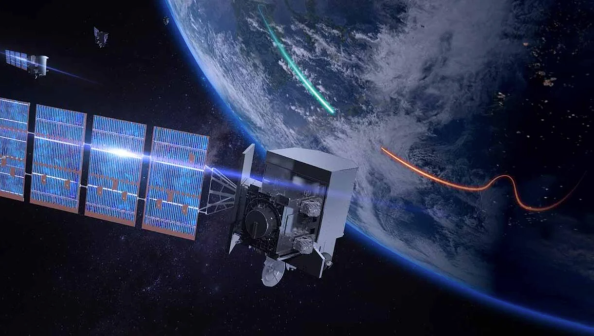Space Development Agency, Army collaborating on alternative PNT capabilities

The Space Development Agency is looking into ways it can begin offering alternative positioning, navigation and timing through its forthcoming Proliferated Warfighter Space Architecture — including a collaborative effort between the agency and the Army, according to SDA Director Derek Tournear.
Speaking at a webinar hosted by the National Security Space Association on Thursday, Tournear said the agency wants some of the satellites in SDA’s Tranche 2 and Tranche 3 transport layer to be able to beam an Army-developed alt-PNT signal to users on the ground.
“We’re working very closely with the Army, who’s been pioneering the alt-PNT across the Department of Defense,” Tournear said. “We’re working with them to be able to broadcast that same signal so it can be picked up by existing, fielded and planned user equipment.”
Agencies across the Defense Department are working on alternative PNT technology, fearing that current GPS satellites and supporting systems would be vulnerable to adversary attacks, interference or become degraded during military operations.
The specific signal can be received by the Military GPS User Equipment (MGUE) Increment 2 chips, Tournear noted. Provided by the Space Force, MGUE chips enable the armed services to use the GPS constellation’s encrypted M-Code signal.
“We want to be able to go down to existing fielded user equipment, because that’s the fastest way to get the capability out there,” he said. “It’s a lot easier and a lot faster for us to build and launch satellites than it is to field thousands of user terminals.”
Scheduled to begin launching in 2026, the Tranche 2 and Tranche 3 transport layers will be part of SDA’s Proliferated Warfighter Space Architecture (PWSA). Once operational, the constellation will consist of hundreds of satellites in low-Earth orbit carrying critical data relay, missile warning and missile-tracking capabilities.
Still, Tournear acknowledged that broadcasting the Army’s alt-PNT signal would take a few years to realize. In the interim, SDA is putting a navigation message into the Link 16 payloads on the first operational tranche of PSWA data transport satellites known as Tranche 1, he said. Those satellites are slated to begin launching in September 2024.
Noting that Link 16 was used by the military before GPS came online in the 1990s, Tournear said the military tactical data link was originally planned for navigation and timing purposes.
“It still has that capability. You can embed a navigation and timing signal into Link 16 and you can use it for that,” he explained. “It’s not nearly as good as GPS, but it does give you an alternate.”
Looking forward, the agency is also considering future plans for transmitting alt-PNT signals over L-band and S-band signals. Doing so would require new user terminals to be developed, Tournear said.
That capability could be integrated onto Tranche 3 or Tranche 4 transport layer satellites, he noted.
“We would not buy that and field that. We’re working with the services to make sure that they are in lockstep with us so that they would field such terminals in their equipment, either before or right after we would field the space capability,” he said.





